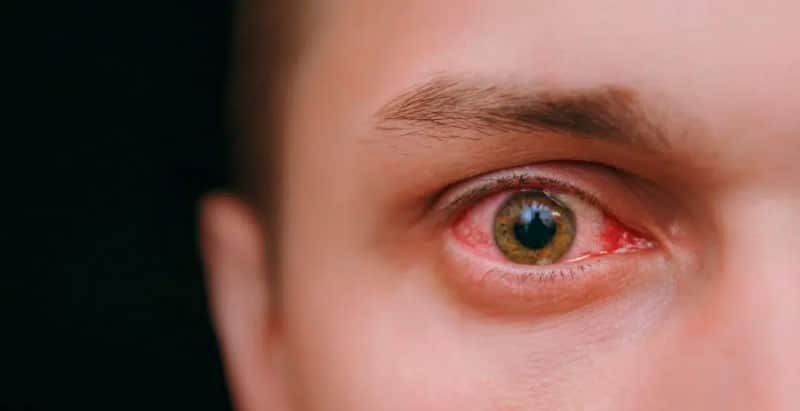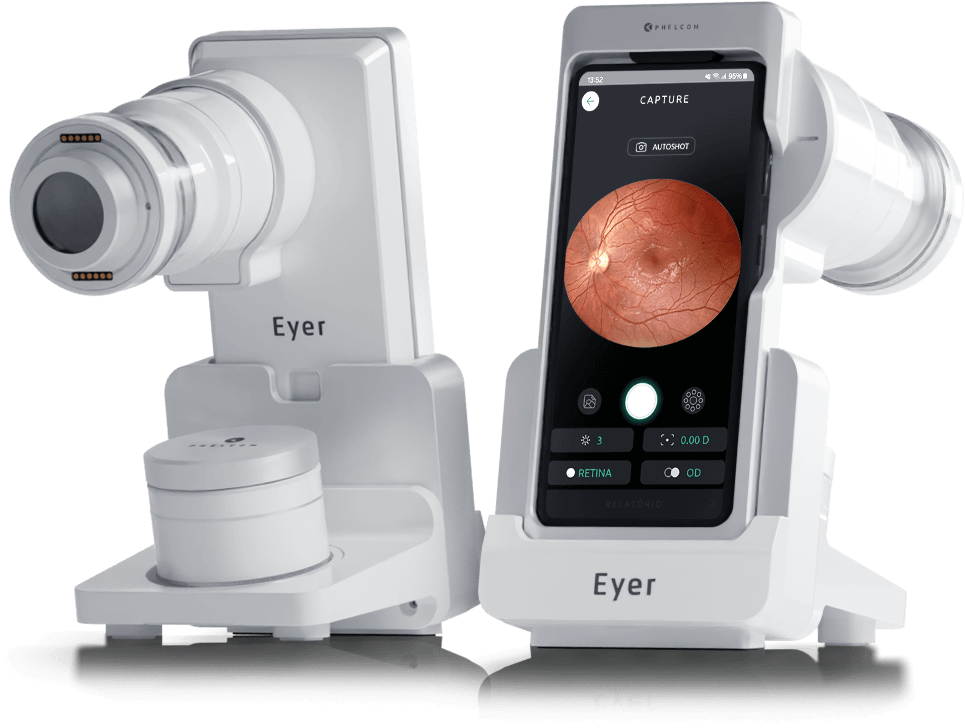Ocular syphilis is a manifestation of syphilis that can arise when the disease is not treated properly. This stage occurs years after infection and has a challenging diagnosis. Despite directing lesions, we call the treponema palidum (etiological agent of the disease) “the great copycat”. The agent can simulate several different manifestations. At this stage, the problem can even cause blindness.
But, a new study pointed out that Optical Coherence Tomography (OCT), A common ophthalmological examination in SUS, can help in the early identification of ocular syphilis. The University of São Paulo (USP) carried out the research and published it recently in the journal Ocular Immunology and Inflammation.
Learn about the research, results and what should be the next steps for the use of OCT to diagnose the disease.
The research
Researchers from the Faculty of Medicine of Ribeirão Preto (FMRP), from USP, evaluated one of the eyes of 54 patients with ocular syphilis admitted to the FMRP clinical hospital (HCFMRP). After part of them received the treatment, scientists still analyzed 31 eyes.
Through Optical Coherence Tomography (OCT), researchers found retinal lesions that may aid in early diagnosis of the disease.
Results
The ophthalmological exam identified round spots, irregularities, elevations and detachment in the retinas studied. According to the authors of the work, it is the first time that OCT checks for frequent changes in the retina in a large series of cases of ocular syphilis. These modifications are imperceptible on clinical exams.
Undoubtedly, the findings of OCT have diagnostic value in ocular syphilis, but do not predict the prognosis. However, the examination – common both in the Brazilian Unified Health System (SUS) and private clinics – can help visualize signs of the disease even in early stages. After confirming the diagnosis with serology and referring to the indicated treatment, the patient has a good chance of not having permanent sequelae in vision.
Photo: Eduardo Paulino Eye Institute.
Reviewed by Paulo Schor, ophthalmologist, free professor and director of innovation of the Federal University of São Paulo (Unifesp) and collaborator of the Faculty of Medicine of the Albert Einstein Hospital.
Follow Phelcom’s blog and stay on top of the main news about coronavirus and the eyes.




